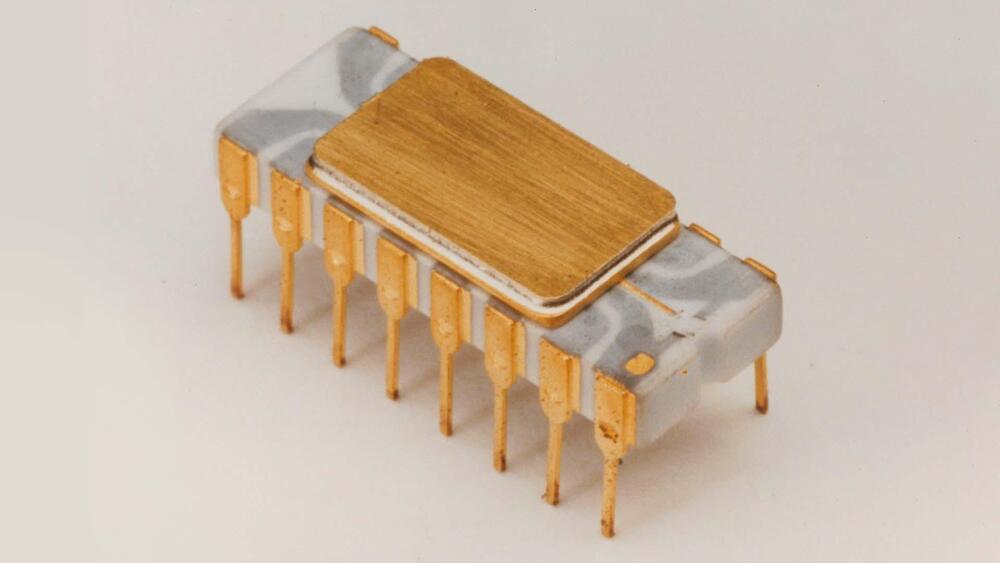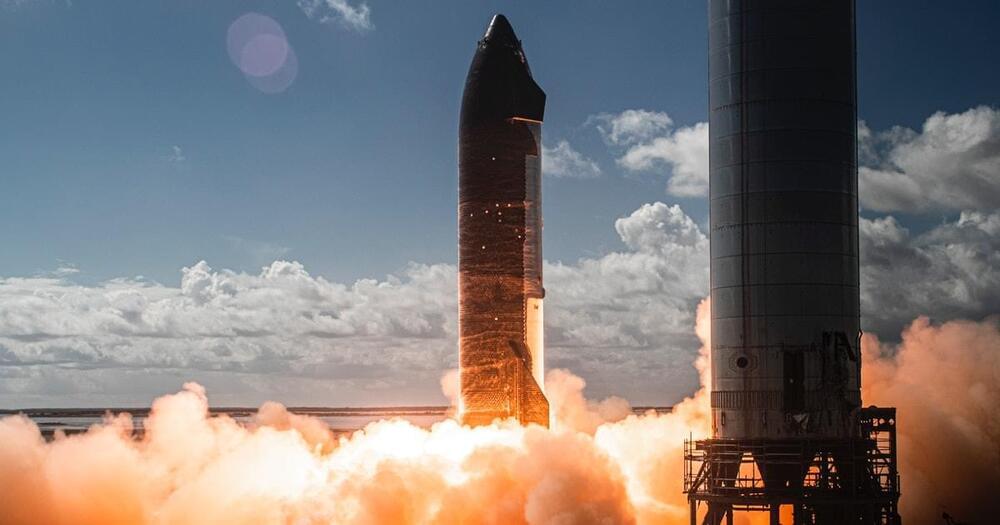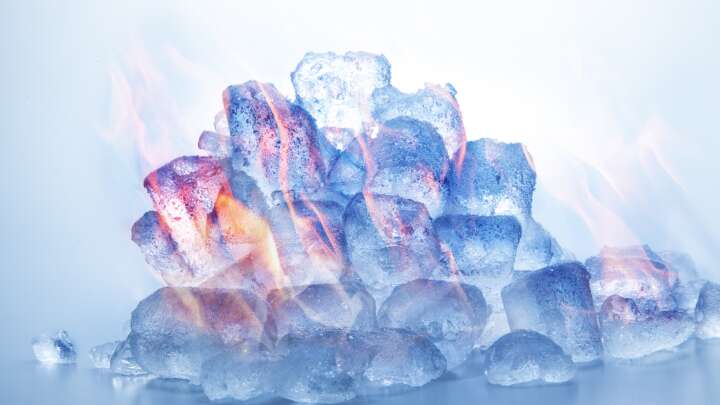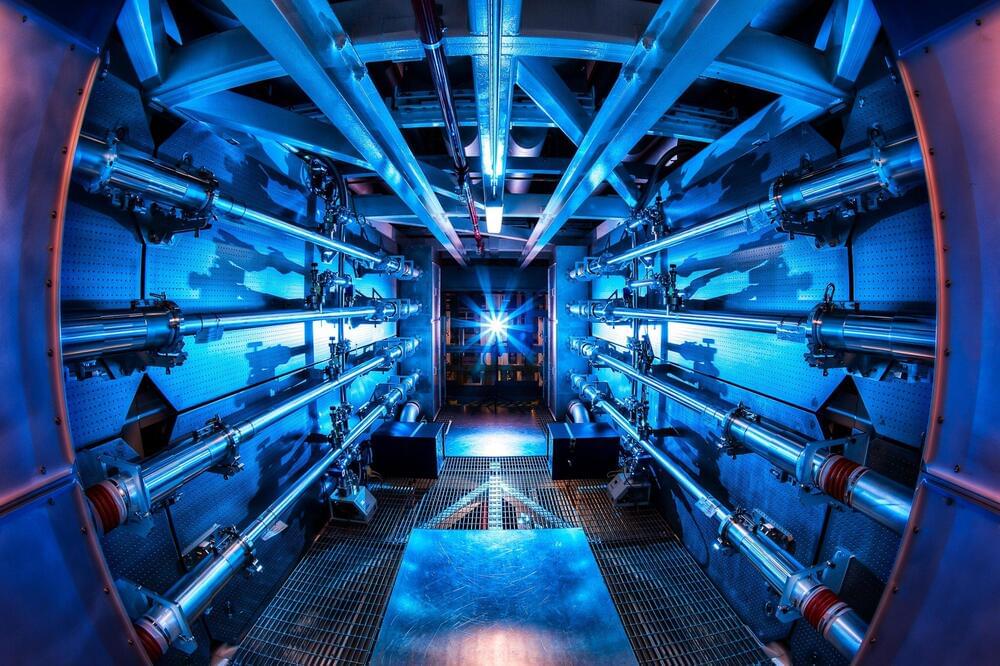Nov 15, 2021
Solar-powered harvesters could produce clean water for one billion people
Posted by Shubham Ghosh Roy in category: sustainability
The lack of access to safely managed drinking water now affects some 2.2 billion people worldwide. Addressing this serious problem using existing technologies is a key part of the United Nation’s sustainable development goals – with the organization declaring that everyone should have access to five litres of safe drinking water every day.
This could be achieved in some regions using atmospheric water harvesters (AWHs), which draw clean liquid water out of humid air. There are several different types of AWH, and Lord and colleagues focussed on the solar-driven, continuous-mode AWH (SC-AWH). In such a device, heat from sunlight drives warm, humid air through a heat exchanger where it cools and releases water via condensation. Because a SC-AWH operates during the day when relative humidity tends to be low, it has a low efficiency and it had not been clear which locations worldwide are suited for its use.


















